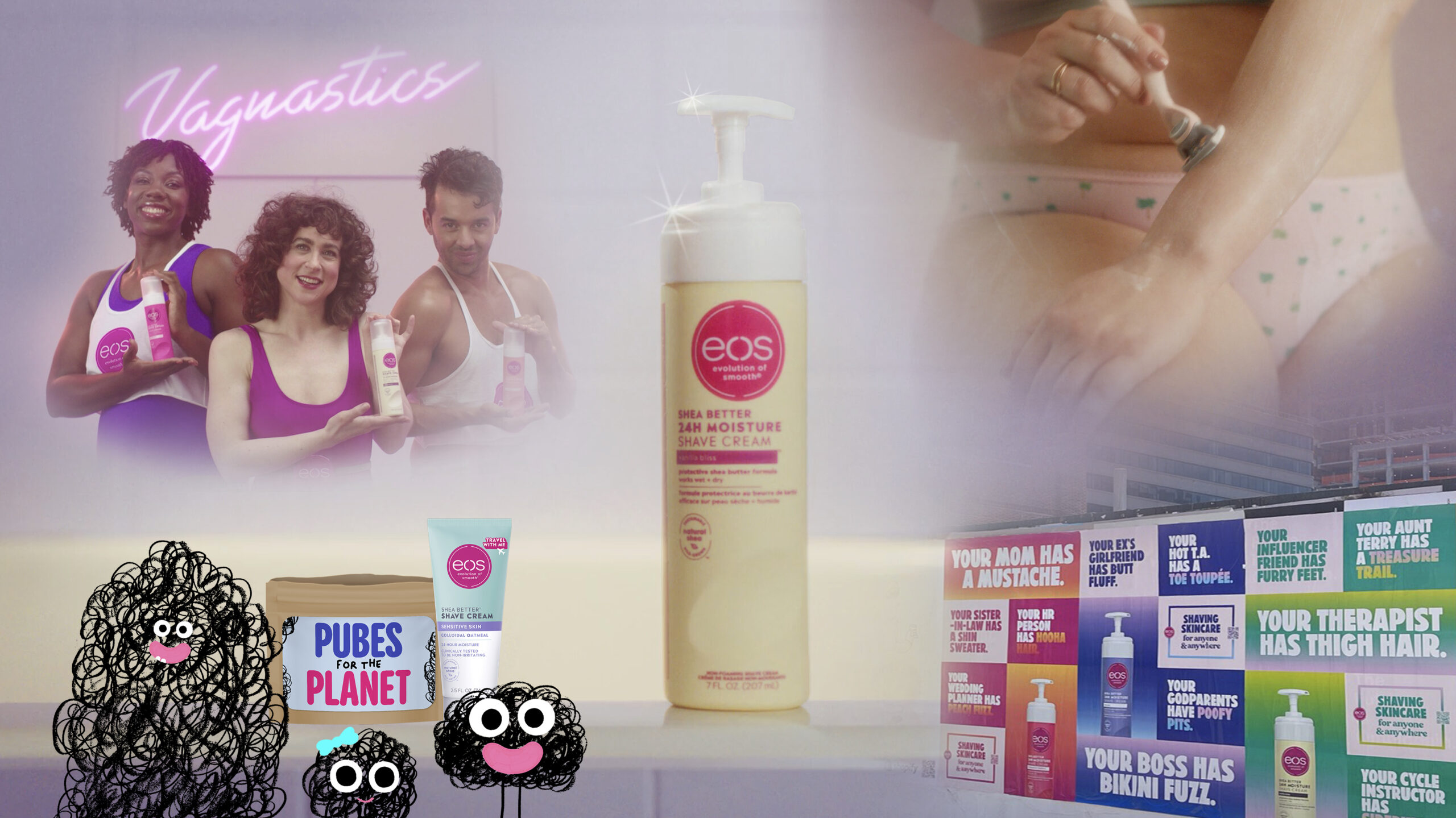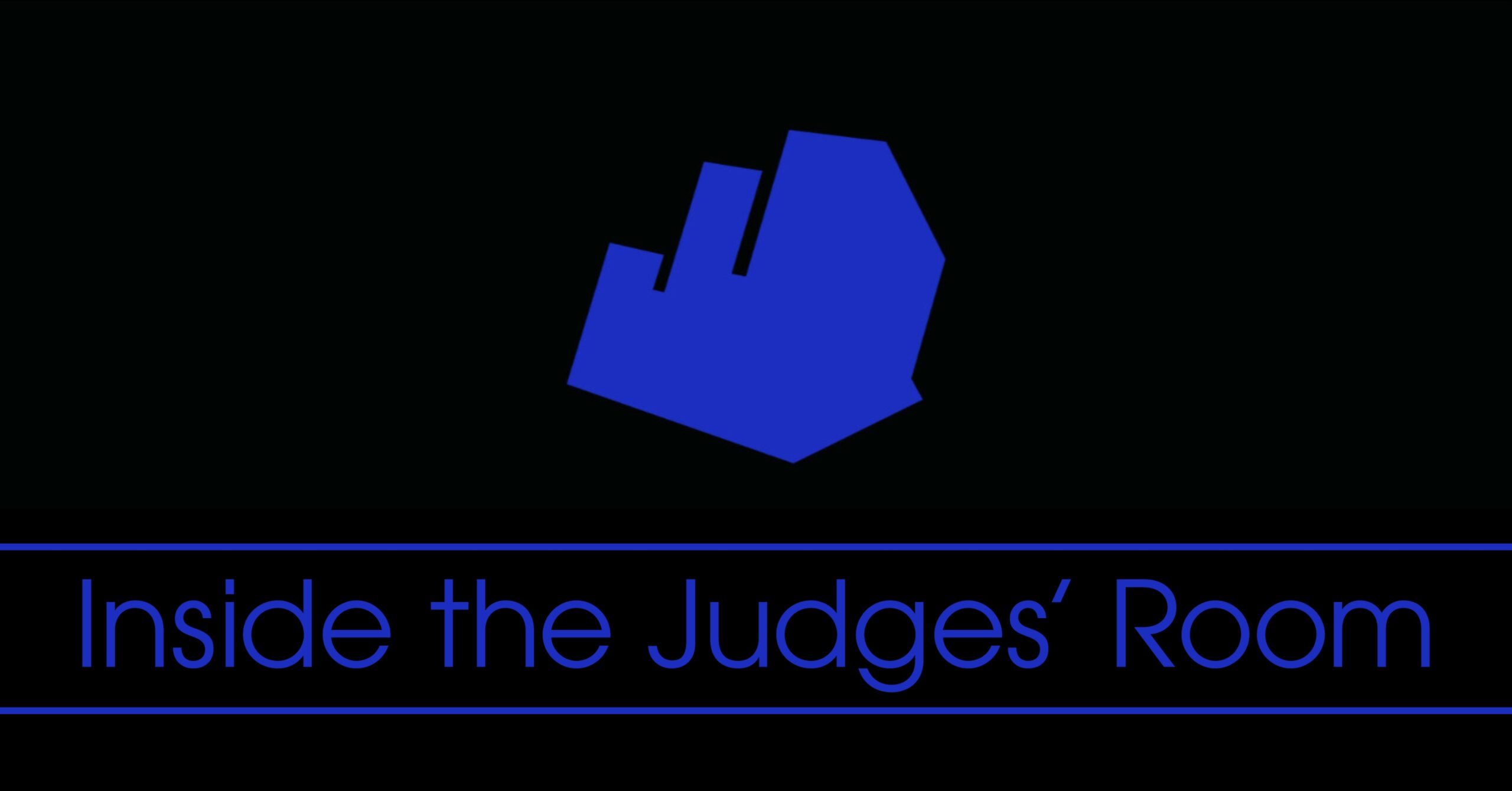
Louvre Abu Dhabi opened in 2017 as the first universal museum in the Middle East, with a world-class collection of archaeological treasures and fine art spanning thousands of years. At launch, the museum welcomed crowds to a series of sold-out events – but just a couple of months post-celebration, visitor volume stalled.
Together, Louvre Abu Dhabi and agency partner TBWARAAD needed to attract locals to the museum – and the solution would need to counteract the UAE’s lagging enthusiasm for museums in general, and lack of awareness about the Louvre Abu Dhabi in particular.
Εισάγω “Highway Gallery,” a series of masterpieces from Louvre Abu Dhabi displayed along the most highly-trafficked road in the UAE. The project integrated OOH and radio, with interpretations of each piece broadcast through the speakers of each passing car.
After successfully changing attitudes and attracting visitors, “Highway Gallery” took home a Gold and Silver Effie in the 2018 MENA Effie Awards ανταγωνισμός.
Παρακάτω, Remie Abdo, Head of Planning στο TBWARAAD, shares insight into how she and her team got people sampling the museum and excited about the Louvre Abu Dhabi. Read on to hear how the team challenged the definition of innovation and found inspiration from unlikely sources.
What were your objectives for “Highway Gallery”?
RA: Louvre Abu Dhabi opened its doors in November 2017. As the first universal museum in the region, and with unprecedented architecture and innovative exhibitions, it ticks the ‘first’ and ‘ests’ checklist of the country’s superlatives. Add to that a string of opening events a 360 campaign, concerts and performances, global and regional celebrity visitors, a 3D laser mapping light show, and several ribbon-cutting events… and you won’t be surprised to know that opening month, tickets sold out.
However, the reality wasn’t that sweet.
Two months down the lane, once the opening hype faded, UAE residents were not that interested in visiting anymore. Fear of the ‘Eiffel Tower Syndrome’ — becoming a touristic landmark that locals don’t visit — became the new worrying reality.
The objective was as simple, and complex, as getting UAE residents to the doors of the museum.
Ποια ήταν η στρατηγική διορατικότητα που οδήγησε την εκστρατεία;
RA: To solve the problem at hand, we dug for the problem behind the problem. We asked, why weren’t UAE residents interested in Louvre Abu Dhabi beyond the opening ceremonies? One would have thought they’d be excited to have the Louvre in their capital city.
The UAE population consists of two major groups, the Emiratis (15% of the population) and the expats (85%). We investigated each separately.
We discovered that Emiratis believed museums ‘are not for them.’ They found museums boring and archaic, and they are more into other forms of entertainment. Their interest in Louvre Abu Dhabi was limited to their interest of having the ‘Louvre’ in their country – another prestigious milestone.
Expats were skeptical, likely to agree with the sentiments: ‘a Louvre without the Mona Lisa is not the Louvre’, ‘this will be a replica of Louvre Paris’, ‘this won’t be like the Louvre’. They were quick to compare Louvre Abu Dhabi to the Louvre in Paris, and were not interested in a doppelgänger.
Their pre-judgement wasn’t founded. Emiratis didn’t know what museums were exactly, as they had never had any locally – and when they traveled, museums weren’t on their bucket lists. And expats didn’t know what Louvre Abu Dhabi could offer – and how could they love something they didn’t know?
The insight was clear: UAE residents were not into ‘Louvre Abu Dhabi’ museum, not because they didn’t love it, but because they didn’t know it.
What was your big idea? How did you bring the idea to life?
RA: Alex Likerman, author of The Undefeated Mind, said ‘Trying something new opens up the possibility for you to enjoy something new. Entire careers, entire life paths, are carved out by people dipping their baby toes into small ponds and suddenly discovering a love for something they had no idea would capture their imaginations.’
Aligned with this thinking and our insight, Louvre Abu Dhabi needed to give residents a taste of the museum in order to capture their minds and drive them to visit. In the FMCG world, the solution would have been a no-brainer: distribute free samples of the product. Borrowing from retail best practices, the strategy boiled down to one question: How do we give a sample of the museum?
We introduced The Highway Gallery: A first-ever roadside exhibition featuring 10 of Louvre Abu Dhabi’s most magnificent masterpieces on giant, can’t-miss, 9×6 meter (approx. 30×20 foot) vertical frames. Among the works featured were Leonardo da Vinci’s La Belle Ferronnière (1490), Vincent van Gogh’s Self Portrait (1887), and Gilbert Stuart’s Portrait of George Washington (1822). The frames were placed as billboards along over 100km (approx. 62 miles) of the E11 Sheikh Zayed Road, the busiest highway in the UAE with an average of 12,000 cars commuting daily and the road that leads to Louvre Abu Dhabi.
But neither the size of the exhibition nor the choice of the artworks was a rich enough sample of the museum. Louvre Abu Dhabi needed to give a sneak peek into the artworks with their corresponding stories, beyond the aesthetics. Without context, the artworks lose their value.
Hence we used old ‘FM transmitter’ technology to hijack the frequencies of the most-listened-to radio stations on the highway. The FM devices synchronized and instantaneously broadcasted the story behind each art piece through the radios of cars passing by the frames. This was the world’s first audio-visual experience of this kind.
Example: When a car passed by the frame featuring Vincent Van Gogh’s Self Portrait (photo above), the passengers could hear on their radio speakers: “Say hello to Vincent Van Gogh, one of the greatest artists of the 19th century and the grandfather of modern art. He painted this Self Portrait in 1887, just three years before his death at 37. The impassioned brushstrokes reflect more than his artistic style, they reveal Vincent at his happiest and most-inspired. See them up close in our museum gallery Questioning A Modern World”.
What was the greatest challenge you faced when creating this campaign, and how did you approach that challenge?
RA: There were many challenges, but two notable ones.
The first, and easier to tackle, challenge was technical. We were innovating with an old medium, and when you’re the first to try something, it often doesn’t work quite right the first time. Until the very first day of the exhibition, we were still fixing bugs here and there. In such situations, disappointment settles in at some point, and you feel judged – especially by those who told you ‘you can’t do it’… but the key in such situations is to use this frustration as a motive.
The second challenge was a bit bigger than us. Museums, in general, don’t appreciate creating replica of their artworks, and definitely not using these replicas as giant OOH media. We had to do a lot of selling to the client and go through multiple layers of approvals that got progressively more difficult.
Πώς μετρήσατε την αποτελεσματικότητα της προσπάθειας;
RA: The objective was to get UAE residents to the door of Louvre Abu Dhabi in the absence of all opening ceremonies. And we did just that. By the end of the Highway Gallery Exhibition, the declining numbers of visitors was a thing of the past, as the museum exceeded its monthly target x1.6 times. This time people were going to appreciate the artworks, ultimately achieving the museum’s main objective of footfall for the art.
Of course, we got some freebies along the way: Louvre Abu Dhabi followers on social media grew 4.2%; the online negative sentiment around the museum was reduced to only 1% and the positive sentiment grew 9%; Louvre Abu Dhabi brand recall registered a 14% uplift (regional average = 7%).
The Highway Gallery also got free local, regional and global coverage with CNN calling the gallery the “first of its kind in the world,” Lonely Planet stating that “Abu Dhabi became a lot more interesting,” The National regarding it as a “Highway to Heaven,” etc.
The museum became part of the conversations about Abu Dhabi through the press, but even more so through the people themselves. After stagnant Louvre Abu Dhabi online mentions during the previous months, the Highway Gallery garnered a 1,180% increase in mentions.
What are the most important learnings about marketing effectiveness that readers should take away from this case?
RA: Shifting perspective, as a means for innovation
‘Traditional media’ is a repelled expression in today’s world. Say “billboard” or “radio” twice and you will be labelled as the ‘traditional’ ‘non-digital’ ad person stuck in the old ways of doing things. With innovation, Louvre Abu Dhabi gave two traditional media a well-needed resuscitation, turning them into the most innovative and modern media combination of today.
The advertising industry witnesses changes by the minute – media channels deemed obsolete, processes reckoned too old. We naturally tend to discard the old and jump on the new to be perceived as innovative. However, this case proves that a new perspective on the old can create even more innovative solutions.
Good artists copy, great artists steal
It is unthought-of for a refined art industry to plagiarize from a mass FMCG practice. Drawing the parallel between an experience-based industry and a commodity-driven industry allowed the museum to find an unprecedented solution to its problem. Who said we can’t sample a museum?
In advertising, looking into adjacent industries is considered common practice. To create truly disruptive solutions however, looking into far-fetched industries to extract best practices can broaden our thinking, and ultimately make all the difference for the industry we are in.
Were there any unexpected long-term effects of this campaign?
RA: Last month, we launched the Tolerance Gallery, a sort of “Highway Gallery version 2” in support of the UAE’s ‘Year of Tolerance 2019.’ We placed sacred artworks representing different religions, from the Louvre Abu Dhabi’s collection, along the same Highway. This innovation is also set to be adopted soon by the Abu Dhabi government to alert drivers in cases of extreme fog to avoid road accidents. Several additional usages are being considered by different industries.
Remie Abdo is Head of Strategic Planning at TBWARAAD.
Remie would like to live in a world where purpose is our bread and butter, insights are our currency, storytelling is our language, common sense is more common, and free time is free.
An advocate of purpose, she tries to add sense to everything she does.
On a personal level, she tailors her own clothes; grows her own vegetables and fruits, swaps consumerism with cultural-consumerism; obsesses about problem solving; and enjoys sharing ideas.
The same applies to her career. She is a firm believer that advertising is not an industry but a mean to a higher end; that of finding true solutions to real problems, influencing mindsets and shaping cultures for the better.
Her ethos: “If I am leaving my kid behind to work extra hours, I’d rather make it worthwhile”, continues to bear fruit in the shape of Cannes Lions, WARC, Effies, Dubai Lynx, Loeries, London International Awards, as well as judging global awards shows.
Remie started her career at Orange Telecom, BNP Paribas and the French Football Federation in Paris. After her Parisian adventure, she entered the agency world in Dubai making her way up from junior planner to Head of Planning at TBWARAAD Dubai today.





































































